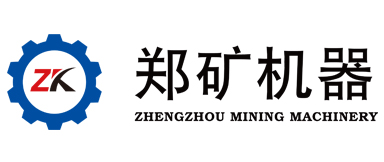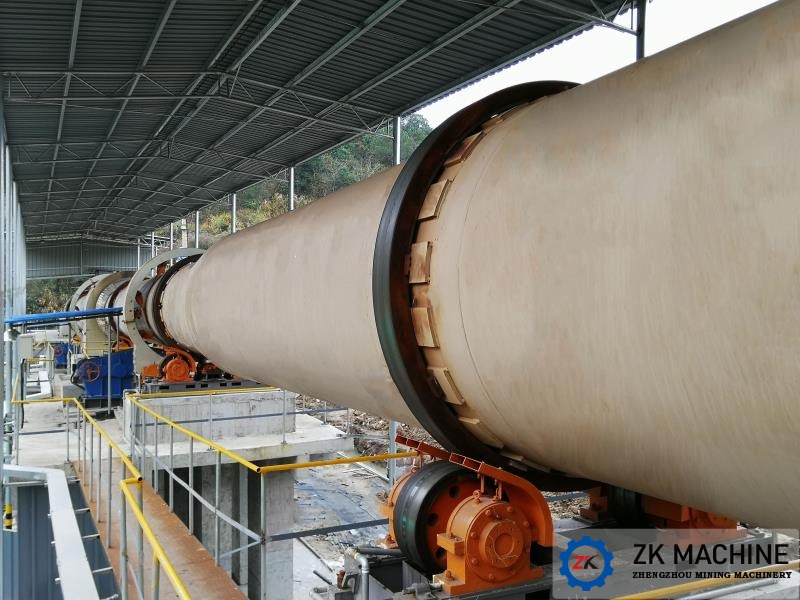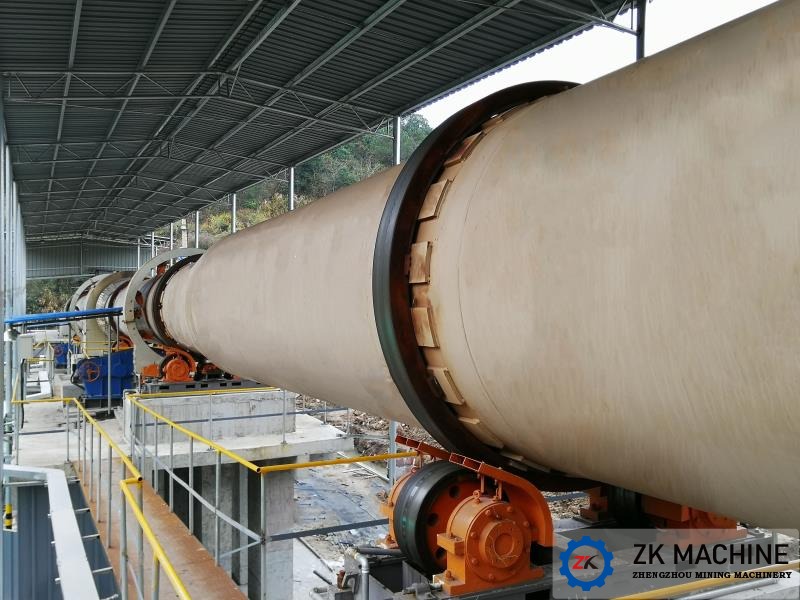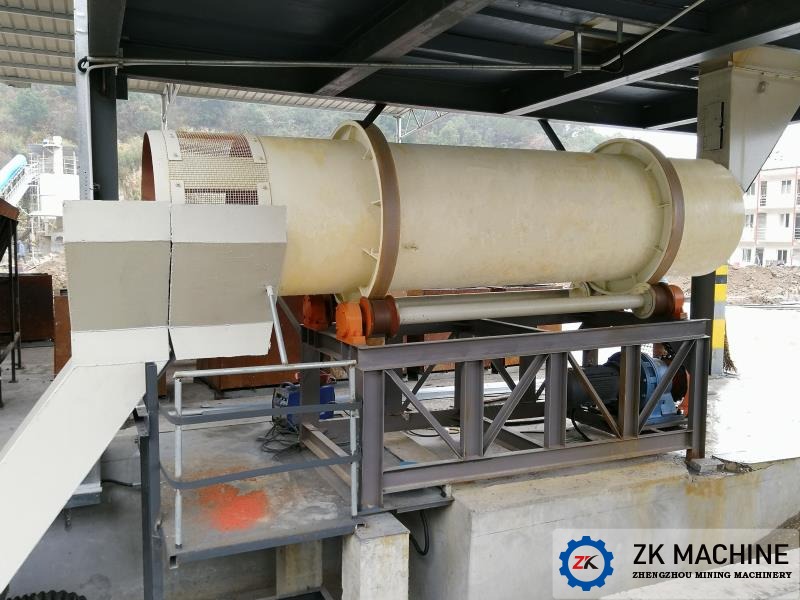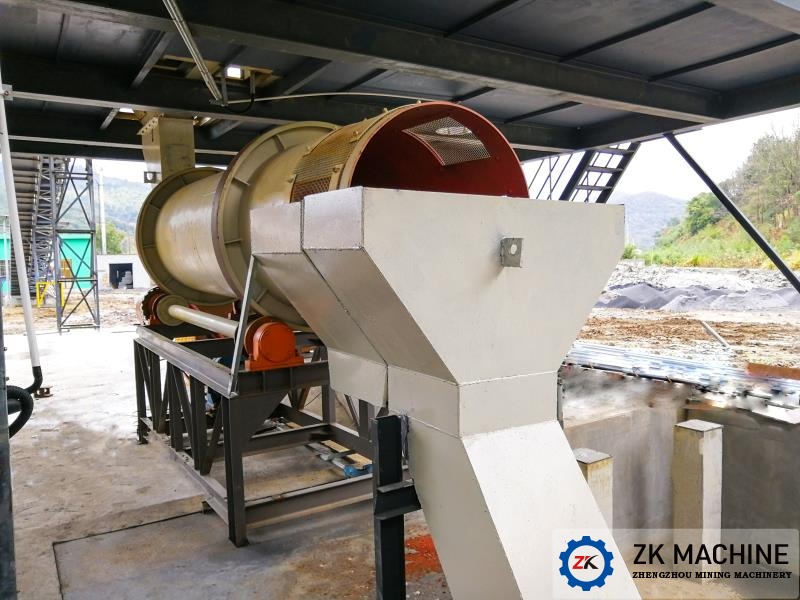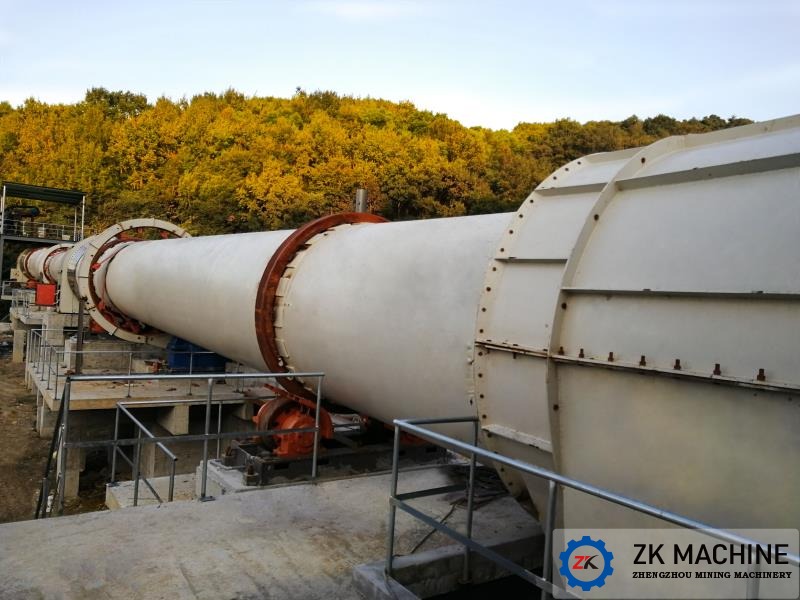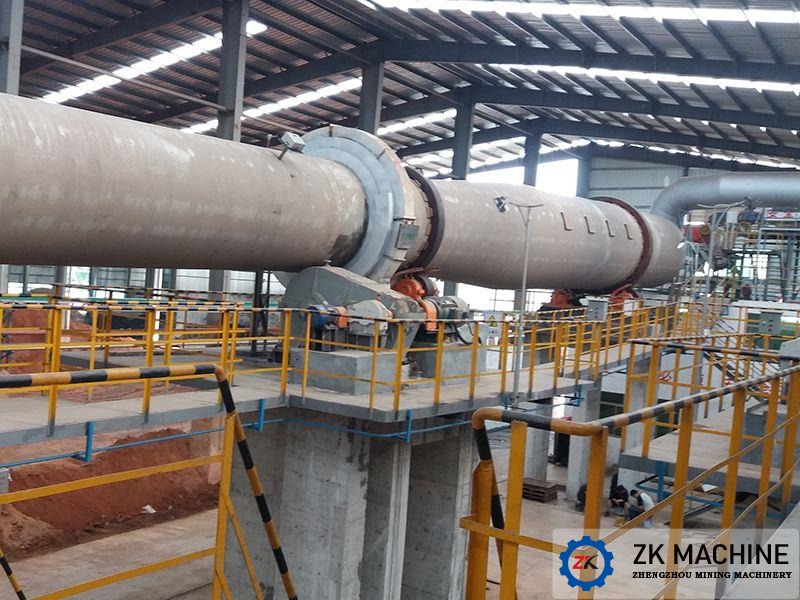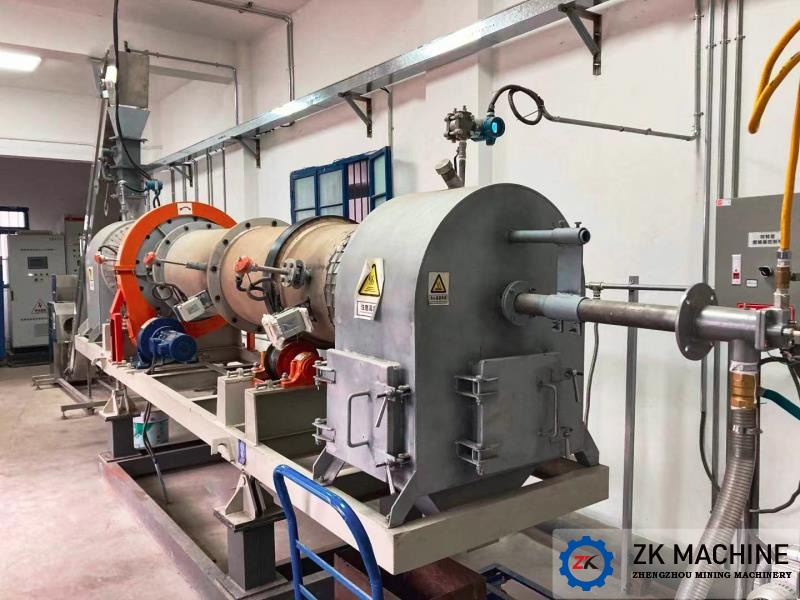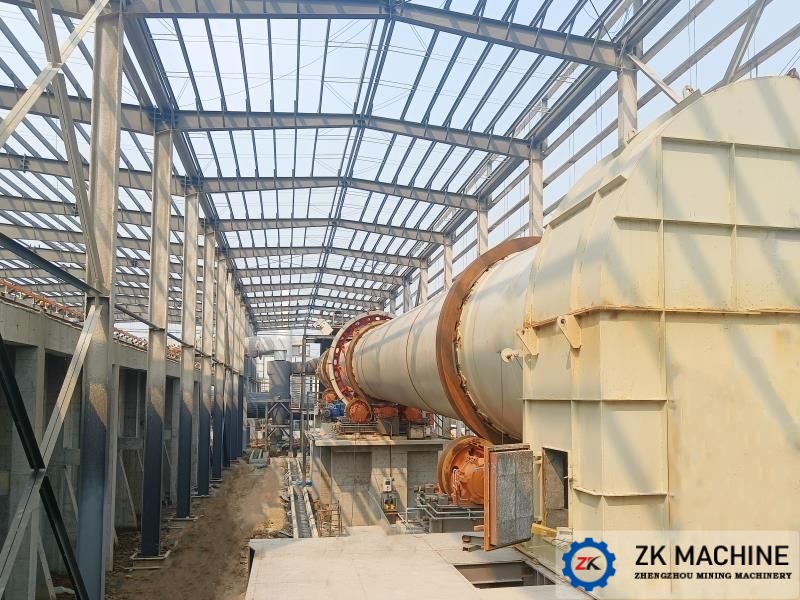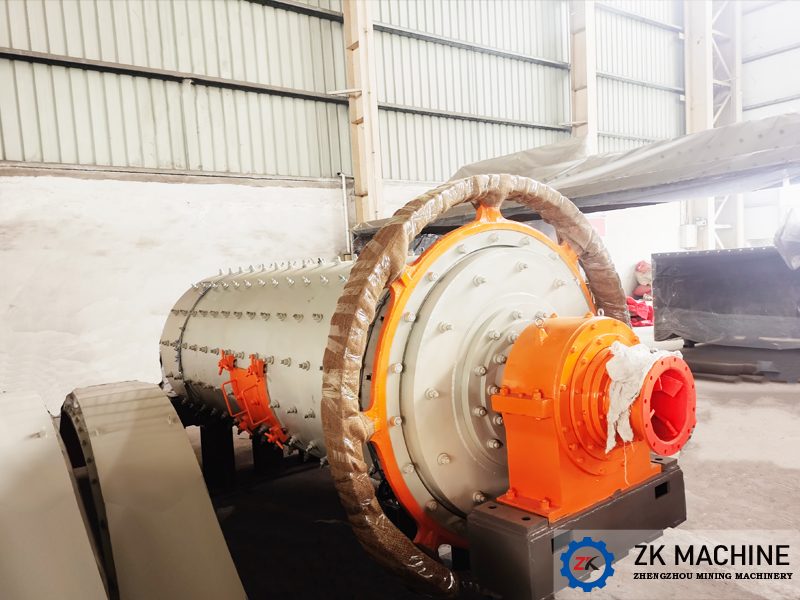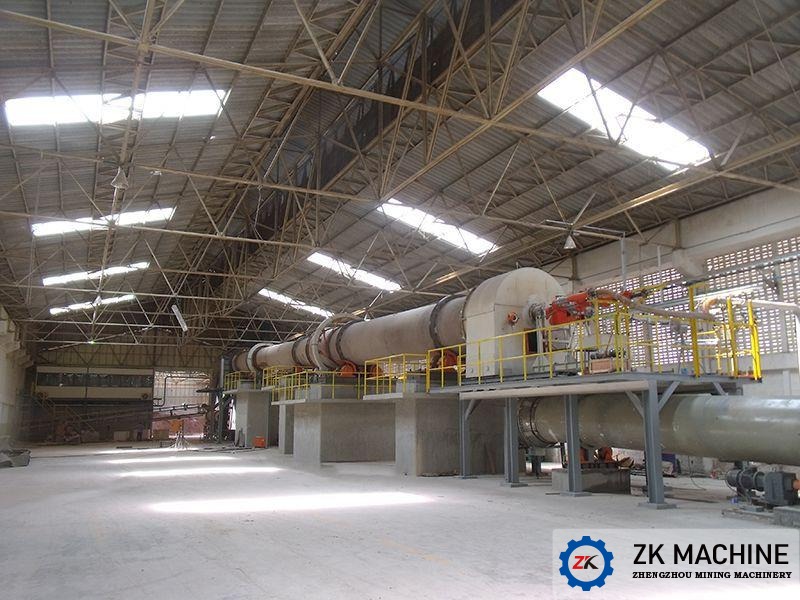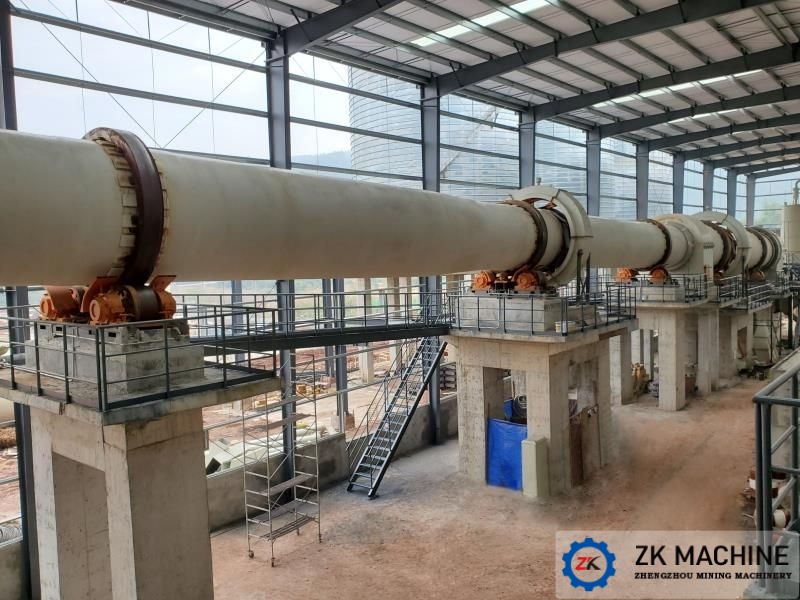The raw materials for producing sludge ceramsite mainly include sewage sludge, river mud, and clay. The ceramsite production process on this production line is as follows: raw material batching → aging → raw material loading → raw material mixing → granulation → shaping and screening → calcination → cooling → screening → storage.
Sludge and clay delivered from the factory are pre-mixed after batching. The mixed material then enters the aging warehouse for aging and storage. After aging, the qualified material is loaded by a forklift onto a box feeder, which feeds the material onto a belt conveyor. The box feeder then conveys the material to a twin-shaft mixer for mixing. After mixing in the twin-shaft mixer, the material is conveyed to a double-roller granulator for extrusion and granulation. The resulting raw material pellets are screened through a shaping screen to remove unqualified ceramsite particles smaller than 5mm. The qualified ceramsite is then delivered to the discharge pipe at the top of the kiln tail and enters the rotary kiln. A double-disc valve is installed at the top of the discharge pipe to lock in airflow, preventing gas from escaping as the material enters the kiln outlet. Unqualified material is screened out.
In the rotary kiln, raw material particles gradually move toward the kiln head as the kiln rotates. They are calcined into ceramsite at temperatures of 1050°C to 1200°C in the firing zone. They then enter a vertical cooler for cooling before being discharged from the discharge end. Cool air from the outside is forced into the cooler by a fan, exchanging heat with the hot ceramsite in a reverse direction. After being heated, it enters the kiln as high-temperature secondary hot air, significantly reducing the system's heat consumption. The rotary kiln is divided into two sections: the drying section and the roasting section. The speed of each section is adjustable, and the joints are sealed with stainless steel scales.
At the kiln outlet, an air cooler cools the high-temperature flue gas from approximately 250-300°C to around 100-120°C. The cooled flue gas is then passed through a bag filter for further purification. The bag filter can reduce emissions to below 30mg/Nm³, achieving standard emissions and clean production. The purified flue gas is then passed into the desulfurization tower for desulfurization. The desulfurized flue gas is then directed by a fan to the chimney for direct discharge.
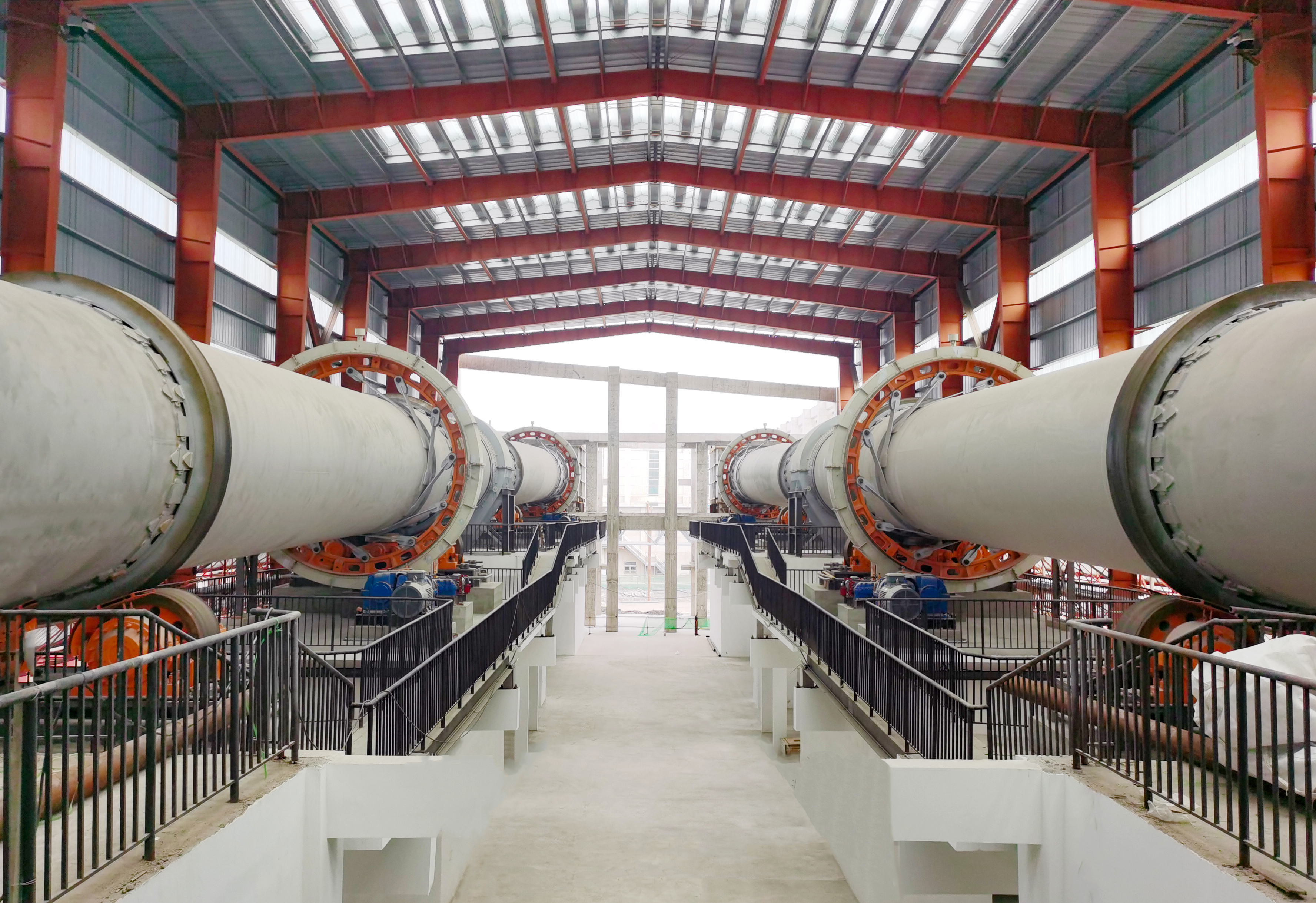 LECA PRODUCTION LINE
LECA PRODUCTION LINE
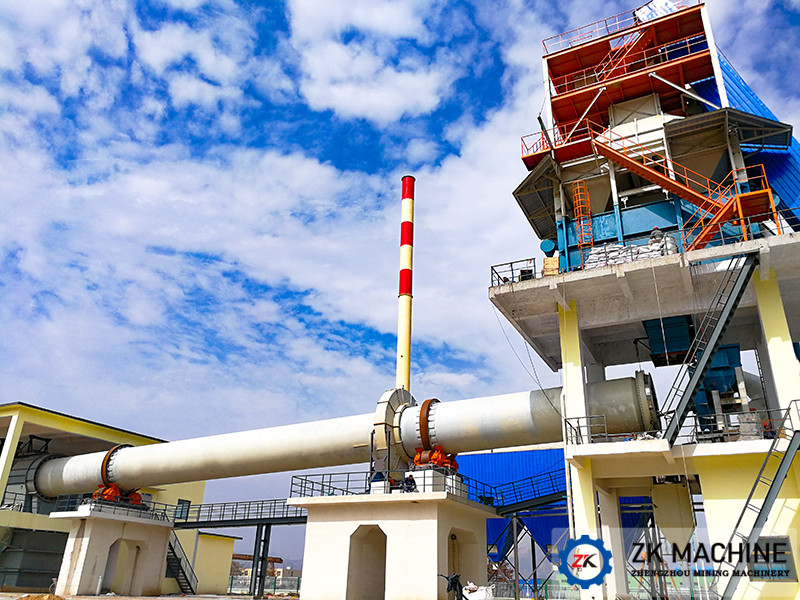 MAGNESIUM PRODUCTION LINE
MAGNESIUM PRODUCTION LINE
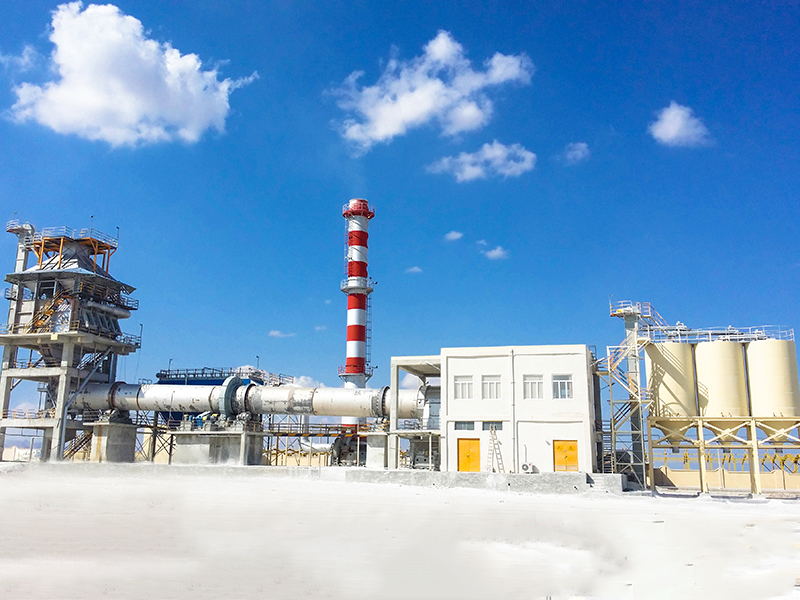 ACTIVE LIME PRODUCTION LINE
ACTIVE LIME PRODUCTION LINE
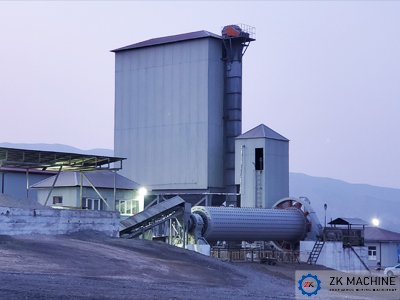 CEMENT GRINDING STATION
CEMENT GRINDING STATION
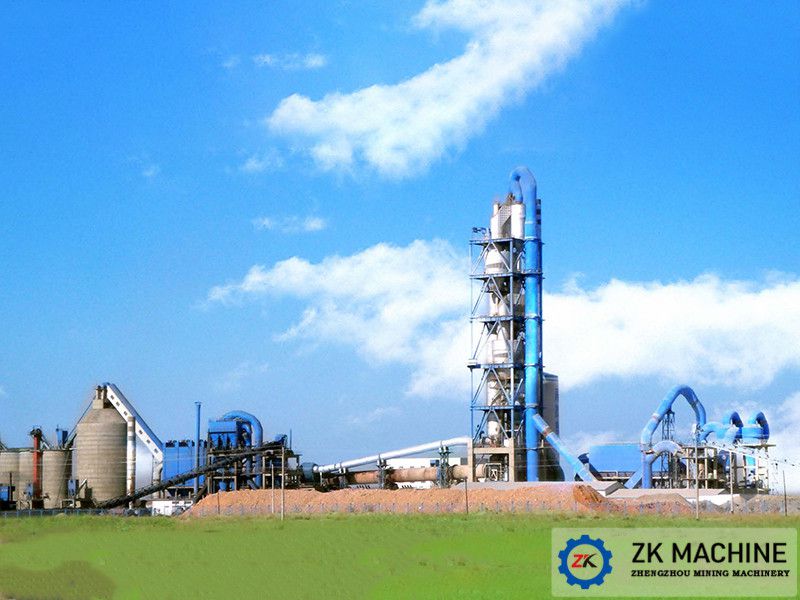 CEMENT PRODUCTION LINE
CEMENT PRODUCTION LINE
 LIME SLAKING PLANT
LIME SLAKING PLANT
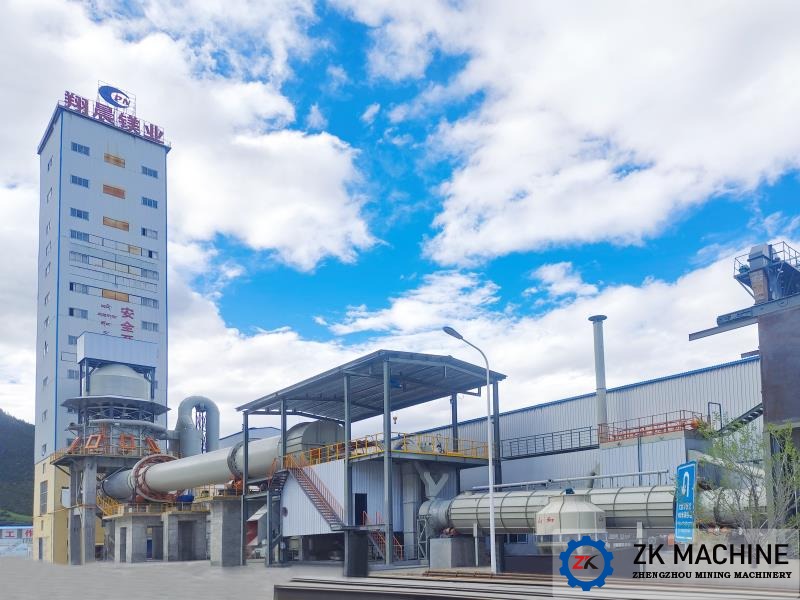 MAGNESIUM OXIDE (MgO) PLANT
MAGNESIUM OXIDE (MgO) PLANT
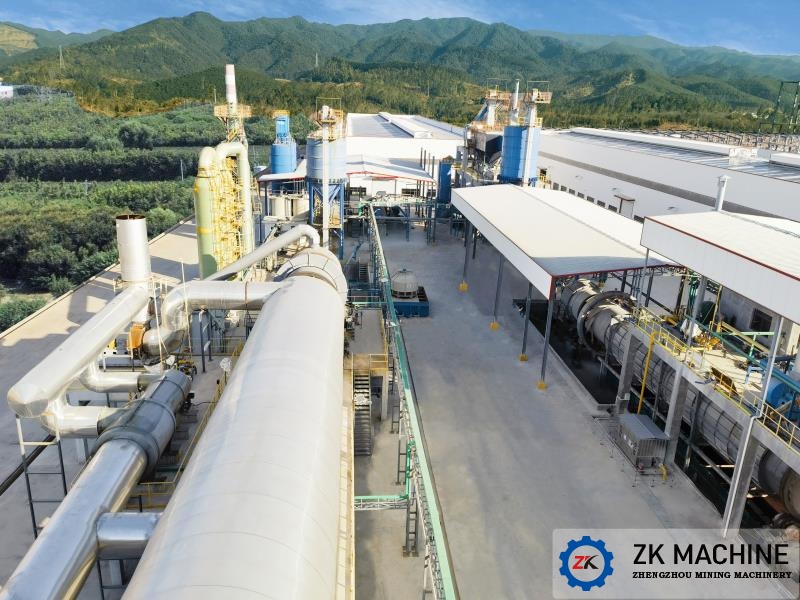 LITHIUM PRODUCTION LINE
LITHIUM PRODUCTION LINE
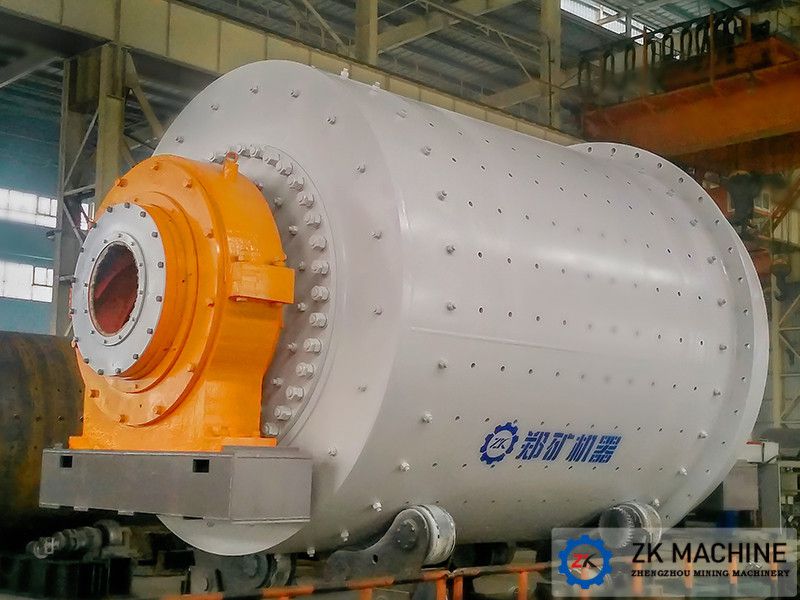 ORE DRESSING LINE
ORE DRESSING LINE
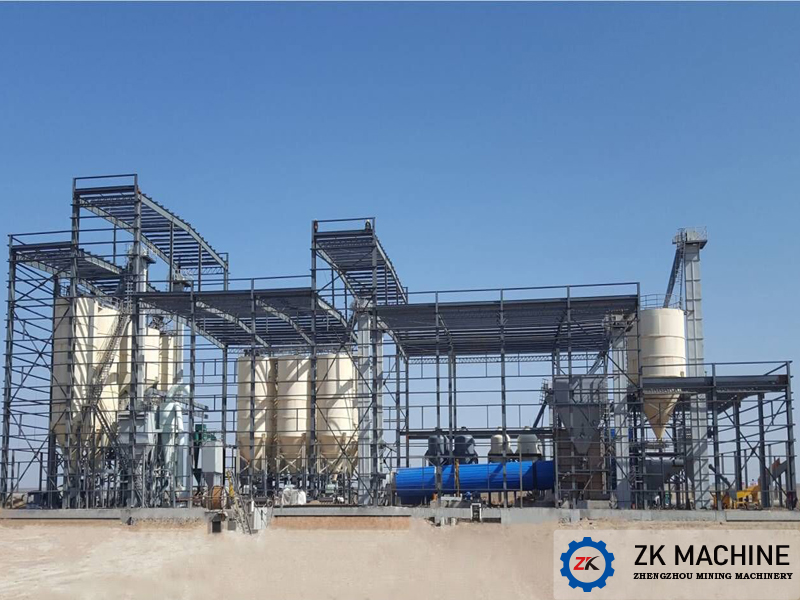 GYPSUM POWDER PRODUCTION LINE
GYPSUM POWDER PRODUCTION LINE
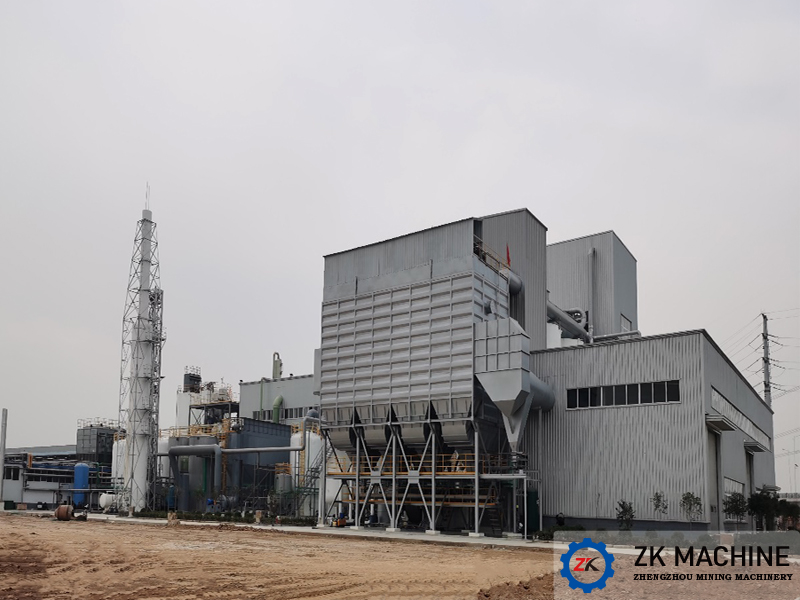 ALUMINUM ASH PROCESSING SYSTEM
ALUMINUM ASH PROCESSING SYSTEM
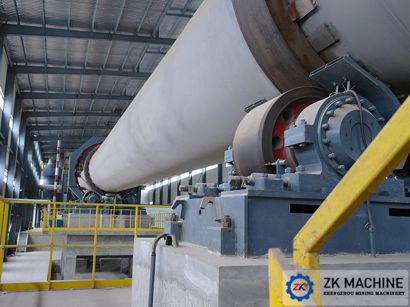 FRACTURING PROPPANT PRODUCTION LINE
FRACTURING PROPPANT PRODUCTION LINE
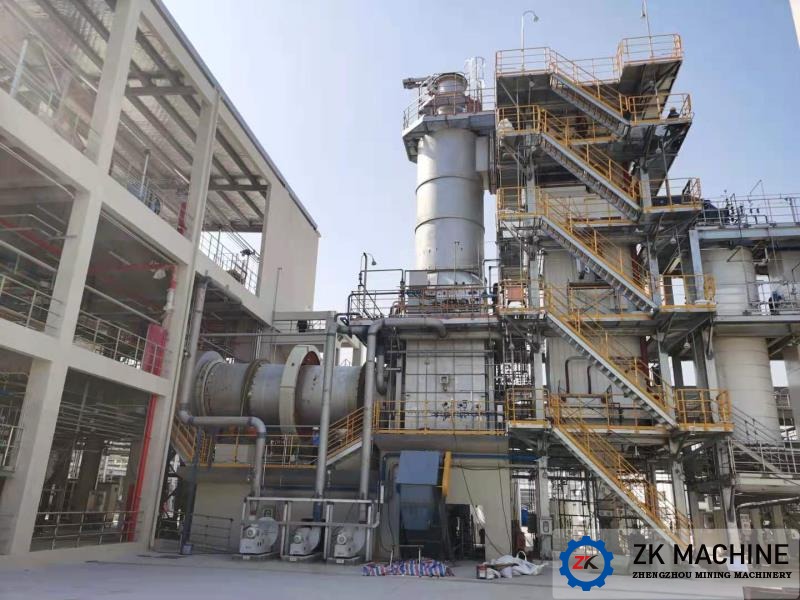 SOLID (HAZARDOUS) WASTE INCINERATION SYSTEM
SOLID (HAZARDOUS) WASTE INCINERATION SYSTEM
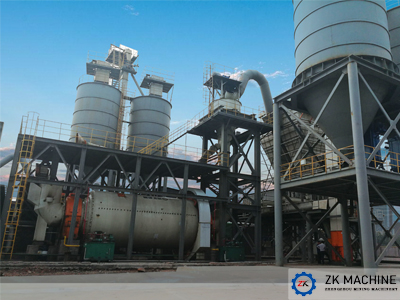 PULVERIZED COAL PREPARATION PRODUCTION LINE
PULVERIZED COAL PREPARATION PRODUCTION LINE
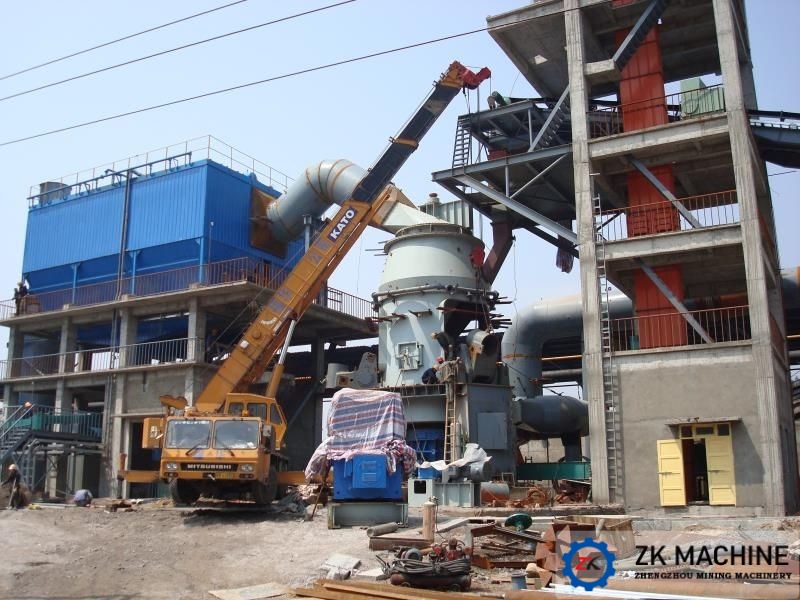 GGBS PRODUCTION LINE
GGBS PRODUCTION LINE
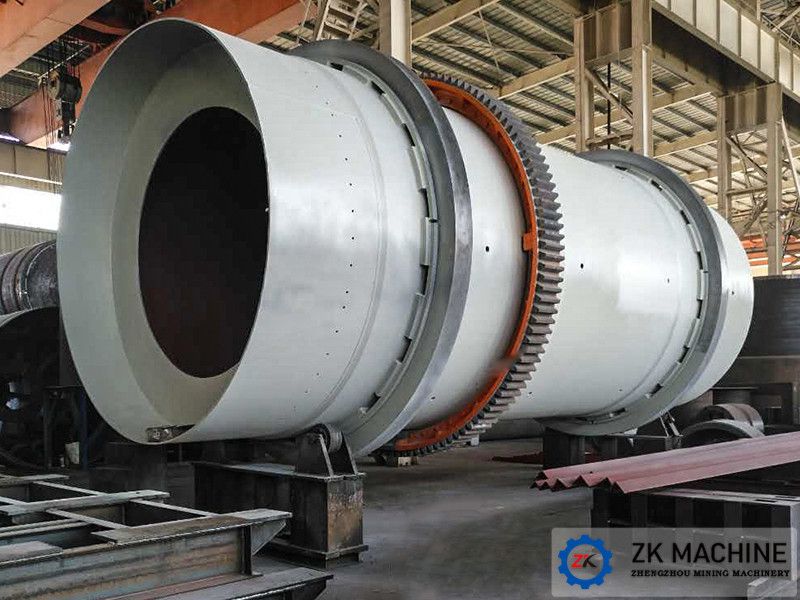 SUPERPHOSPHATE PRODUCTION LINE
SUPERPHOSPHATE PRODUCTION LINE
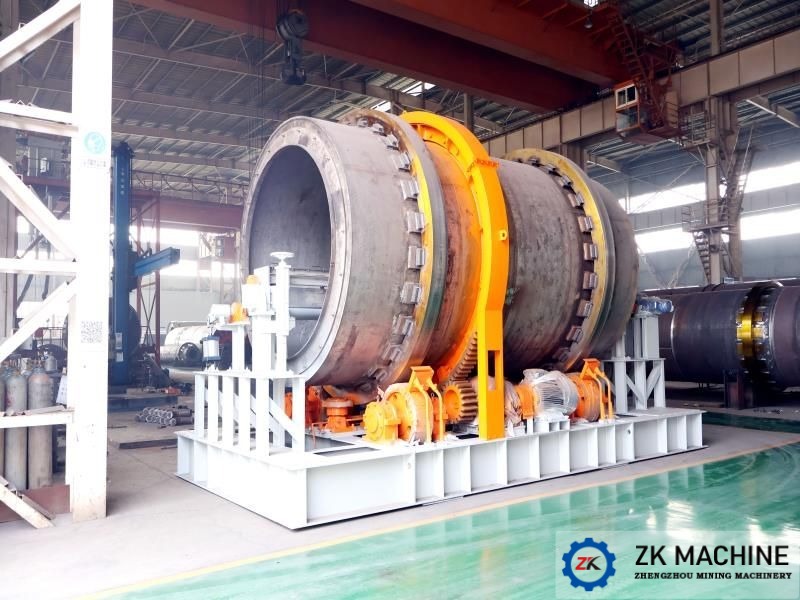 MOLECULAR SIEVE PRODUCTION LINE
MOLECULAR SIEVE PRODUCTION LINE
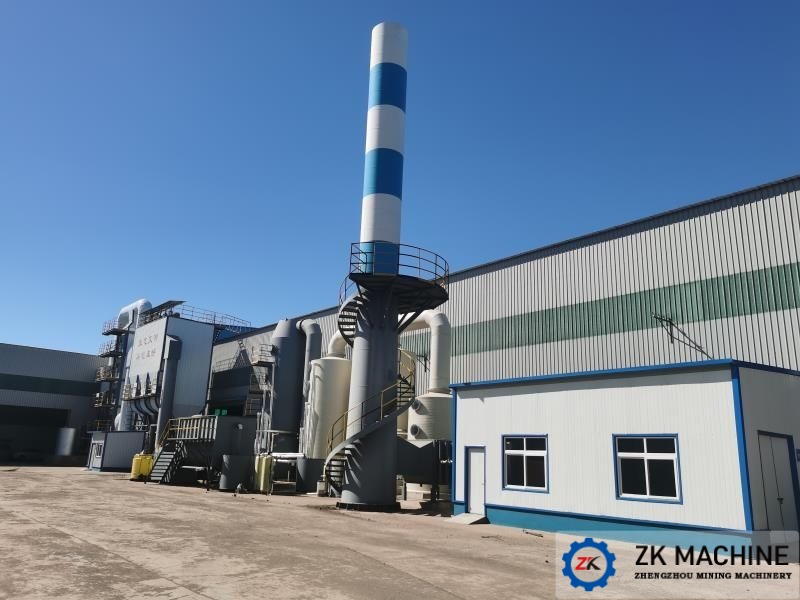 FLUE GAS PURIFICATION SYSTEM
FLUE GAS PURIFICATION SYSTEM
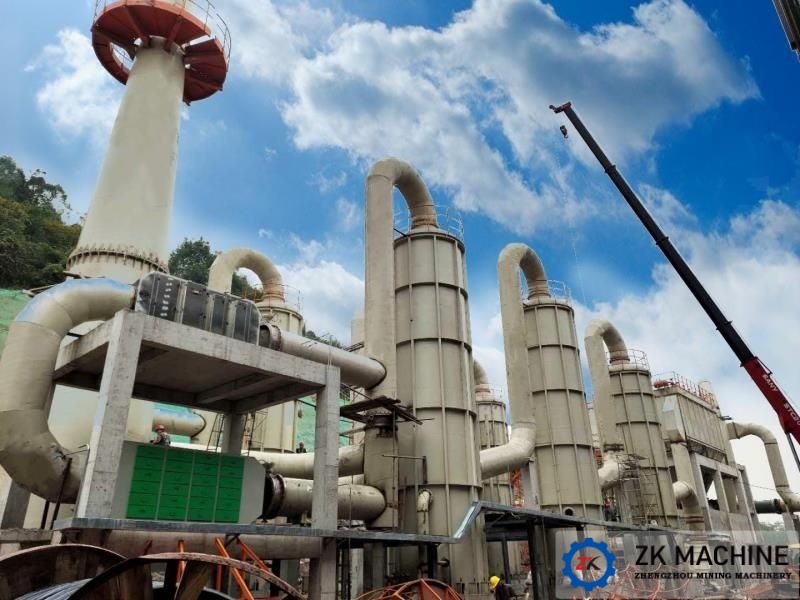 FGD SYSTEM
FGD SYSTEM
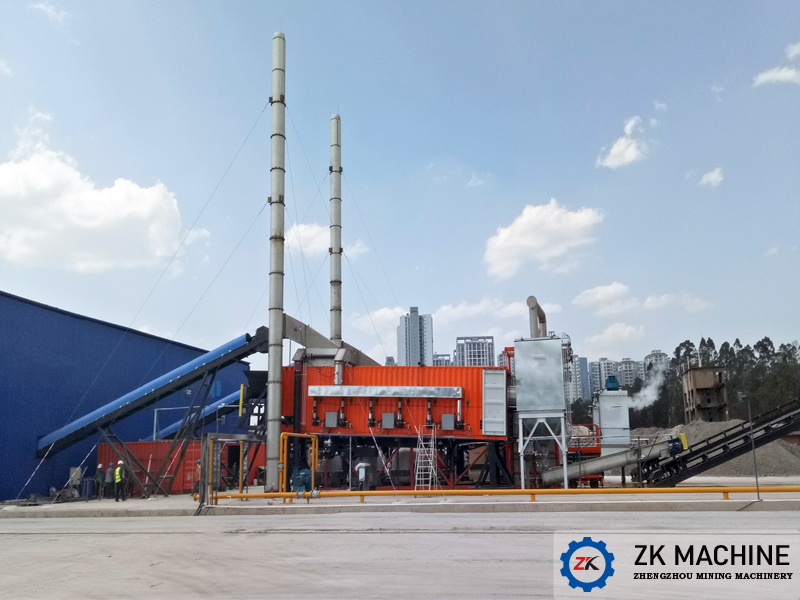 SOIL REMEDIATION SYSTEM
SOIL REMEDIATION SYSTEM
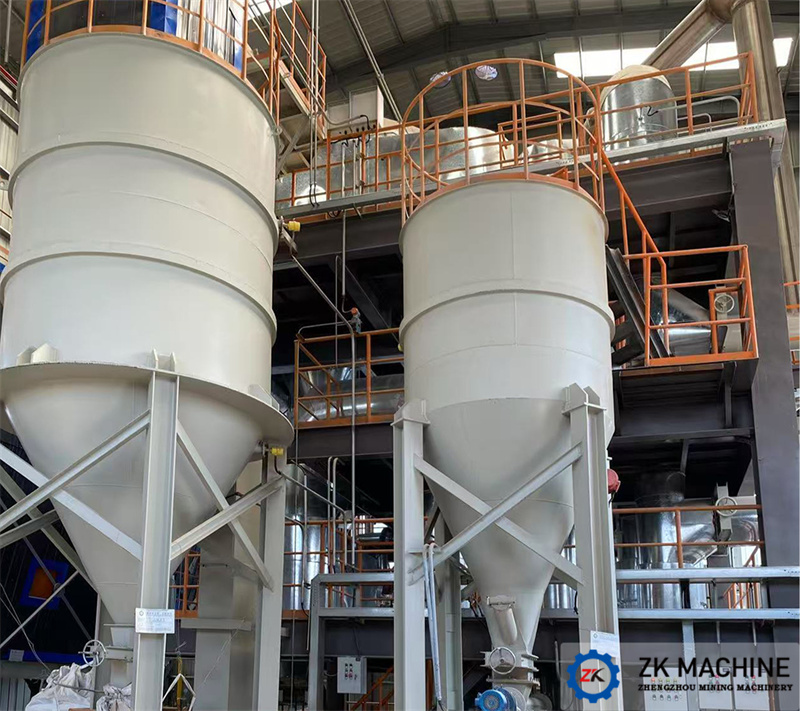 SUSPENSION ROSTING FURNACE TEST LINE
SUSPENSION ROSTING FURNACE TEST LINE
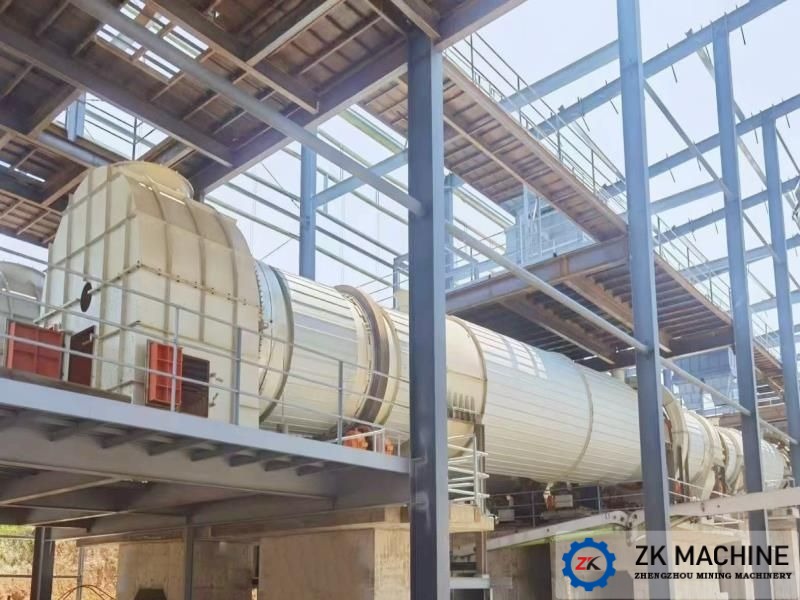 PHOSPHOGYPSUM DISPOSAL PRODUCTION LINE
PHOSPHOGYPSUM DISPOSAL PRODUCTION LINE
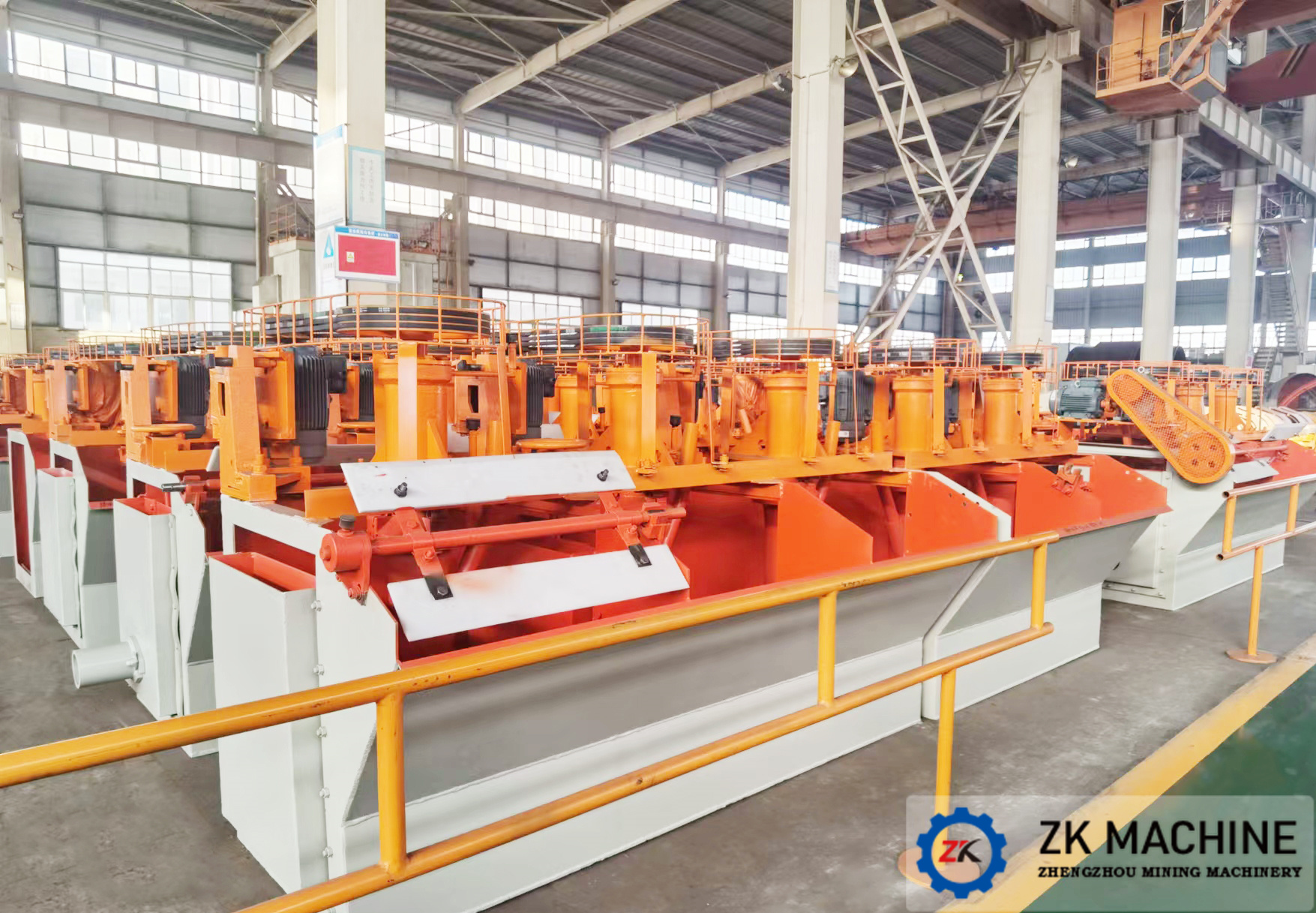 PHOSPHATE ORE DRESSING LINE
PHOSPHATE ORE DRESSING LINE
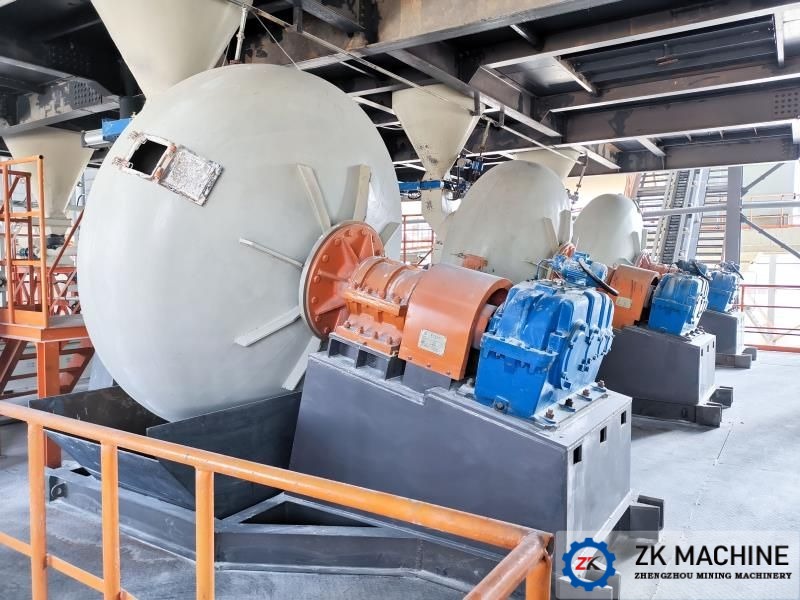 PHOSPHATE ORE PELLETIZATION PRODUCTION PROCESS
PHOSPHATE ORE PELLETIZATION PRODUCTION PROCESS
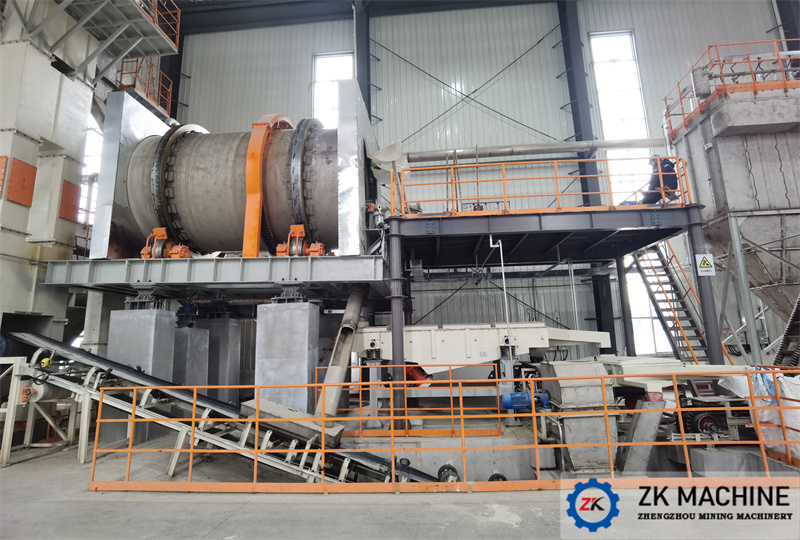 LITHIUM BATTERY RECYCLING LINE
LITHIUM BATTERY RECYCLING LINE
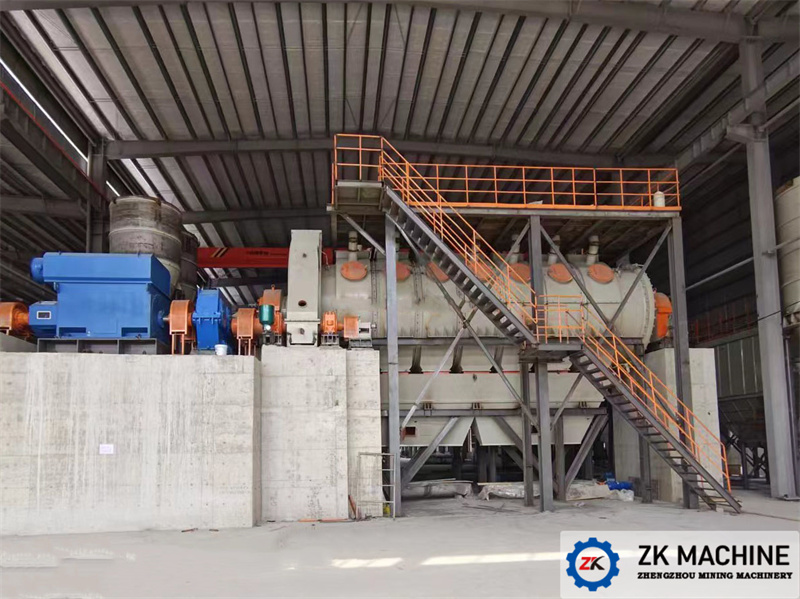 ALUMINA CALCINING LINE
ALUMINA CALCINING LINE
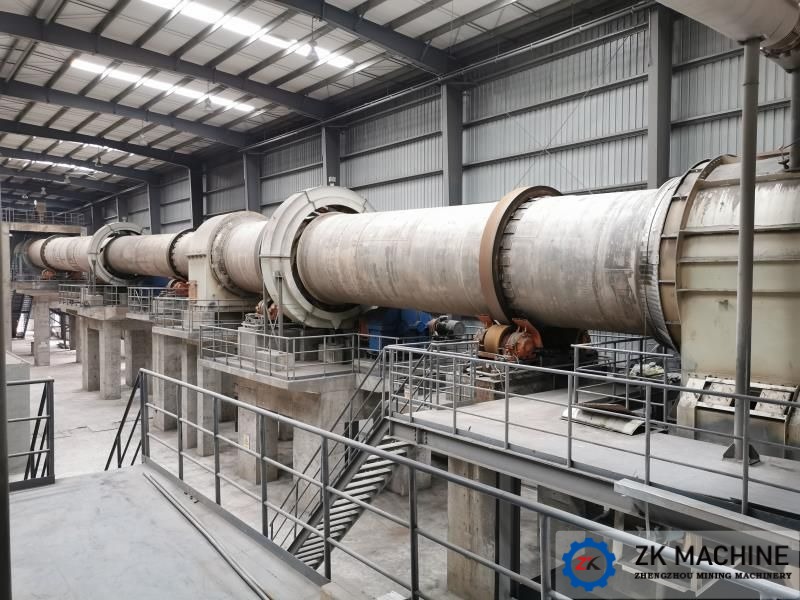 WASTE-COPROCESSED BUILDING MATERIAL MANUFACTURING
WASTE-COPROCESSED BUILDING MATERIAL MANUFACTURING
